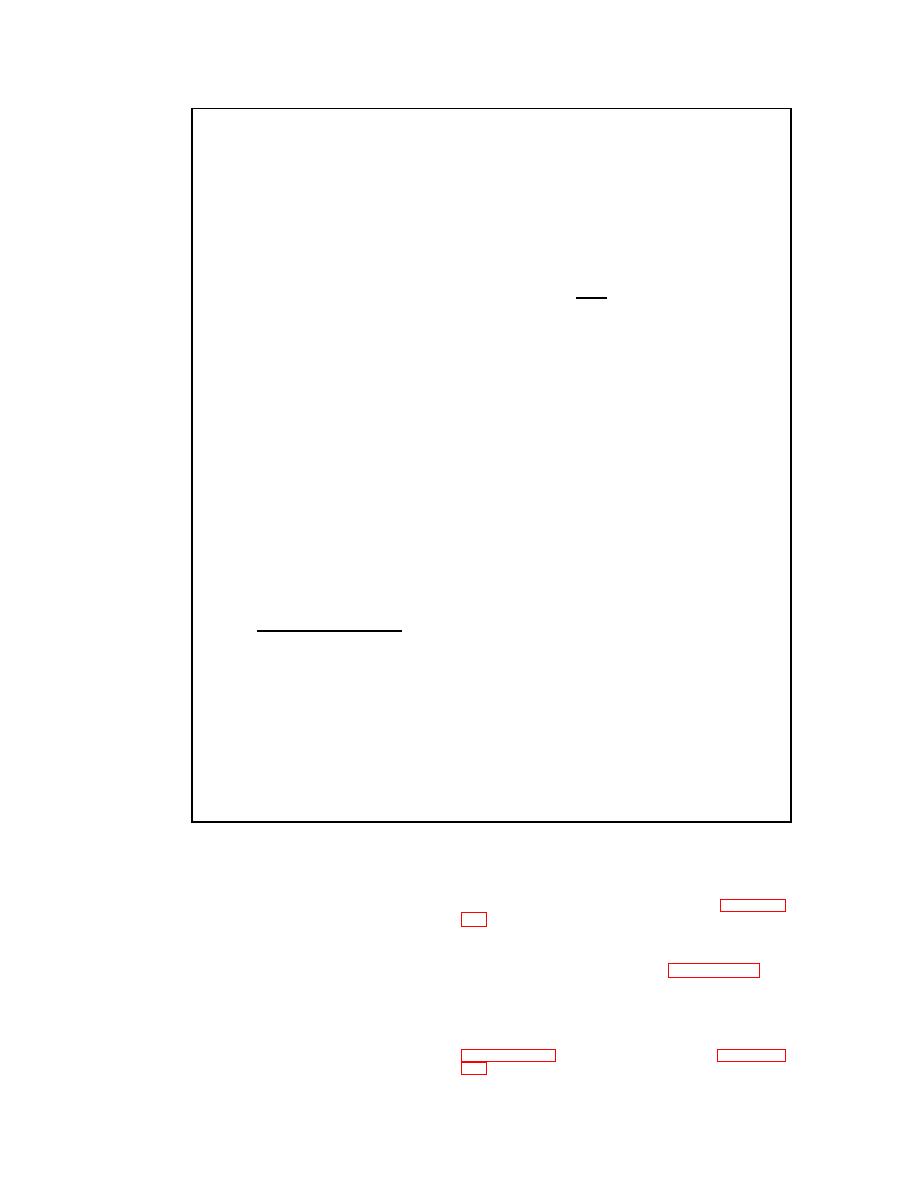
SB 742-1
Leaker Report Form (continued):
9. Initial Operation and Detection.
a. Operation and Monitoring. State the type of operation being supported and
related monitoring (or visual inspection) when presence of agent was first detected and
confirmed, consistent with number 4. above. Examples include: Daily headwall
monitoring; headwall monitoring for first entry in support of treaty inspection; general
area air monitoring during inventory; visual inspection during first entry for SMI.
b. Detection Method Used and Reading. State initial and confirmation readings and
method used in detection, giving exact readings if possible. Estimate readings if
necessary and explain why estimated, e.g., MiniCAMS initial readings estimated to be
>120 STEL - column saturated.
10. Isolation Operation and Detection.
a. Monitoring and Operation. Indicate leaker isolation process relating specifically to
readings obtained, e.g., obtained readings of ... under shrouded pallet, visual inspection
then revealed liquid agent leaking from one round, confirmed with M8 paper.
b. Detection Method Used and Reading. Same type of information as 9b above,
relevant to the isolated round.
11. Corrective actions taken. Include type and, if applicable, serial number of overpack
used. State if packed with or without interim drip bag or other materials and any
decontamination efforts conducted on round and/or structure.
12. Remarks. Include any additional information that may help to clarify conditions
encountered during operations or serve as a basis for process improvement. Examples
include, but are not limited to, unusual deterioration of munitions or packaging; filter
breakthrough; agent confirmed during general area air monitoring (if not reported
previously); agent release/detection outside the storage structure and related details,
e.g., agent confirmed 25 feet downwind of structure w/ MiniCAMS reading of 0.8
STEL; equipment failure, personnel injuries/exposures or unique PPE issues;
clarification of previously reported information that may have since changed, such as
that contained in a Chemical Event Report. Cite previous leaker reports and overpacks,
if applicable.
13. Point of Contact. The name and phone number of a QASAS who drafted the report
and the name of an individual who was present during leaker isolation and
containment operations - QASAS, toxic material handler, surveillance inspector, etc.
c. Items received at demilitarization facilities,
7-9. Storage Monitoring Inspection
which leak prior to entry into the explosive
Procedures for Specific Items.
containment vestibule, will be classified as leakers.
The leaker report must describe the ultimate
a. Ton Container. Quarterly SMI IAW paragraph
disposition of these items, i.e., whether the items
were processed through the demilitarization facility or
chemical agents.
overpacked and returned to storage.
(1) Visual. Each container shall be visually
d. Items received at demilitarization facilities,
inspected for defects as defined in paragraph 2-7 and
which leak after entry into the explosive containment
for evidence of leakage. Liquid, paint peeling, paint
vestibule, will not be classified as leakers.
If
discoloration, or paint blistering will be considered as
processing can be accomplished, no reporting is
evidence of possible leakage. Vapor tests will be
necessary. If these items cannot be fully processed
accomplished directly adjacent to container closures
and are returned to storage, they will be reported by
or other suspect areas. Leakers will be reported IAW
memorandum.


 Previous Page
Previous Page
